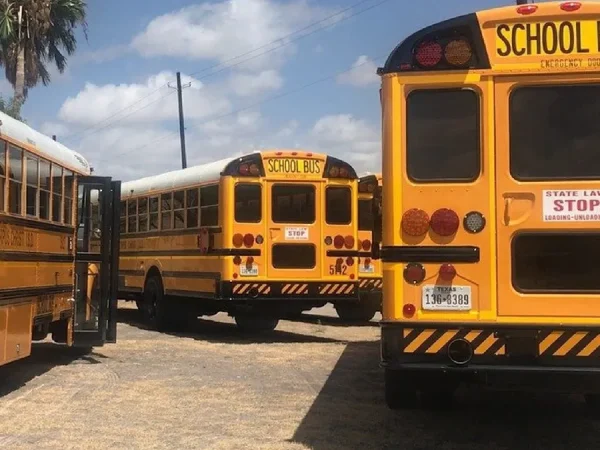Schools should require students to take Financial Literacy classes
Every individual needs to know how to do taxes, budget, and bank, maybe even more so than they need to know about the Ottoman empire or Marco Polo’s travels. So why aren’t financial literacy courses required in high school? Despite almost every high school in Montgomery County offering a financial literacy class, most schools only manage to fill up one or two classes each year. According to Business Insider, most high school students never take a personal finance class during their four years. In fact, the Council for Economic Education found that only 17 states require students to take a financial literacy course.
Statistics prove the American population is woefully uneducated when it comes to finance. A study done by Forbes found that ⅔ of adults couldn’t pass a basic financial literacy test. CNN Money found that only 41% use a budget even though it’s one of the most effective ways to keep track of one’s finances. While some might argue that financial literacy classes won’t help, a study conducted by Science Daily found that this is false. About 36% of people in the sample were found to be “financially at risk.” This same group was found to have the lowest perceived financial literacy.
Requiring students to take at least one financial literacy course during high school could drastically improve these statistics. Here at Poolesville HS, our financial literacy course is called, Quantitative Literacy, or Quant Lit. The main units include, Careers and Pay, Banking, Credit, Car Ownerships, Investing, Taxes, and Budgeting. The course has been taught for the past four years by Math Resource Teacher, Kenneth Kramek. Kramek, who is a supporter of making Quant Lit classes required for students, strives for every student who leaves his class to be in full control and aware of how they handle their finances on a day to day basis.
“By exposing students to simulations of things adults deal with every day, I hope [we can prevent students from making] financial mistakes, and money, which can be one of the biggest stressors in life, is something they know how to manage properly,” said Kramek.
One of the main reasons students might not be signing up for this class voluntarily is because it is not considered to be as rigorous as other math courses. However, Eleanor Jensen, a senior in ISP and Quant Lit student argues that shouldn’t deter students from the course.
“Don’t get me wrong, it’s very impressive if you take extremely hard classes like multi variable calculus, but at the end of the day, managing finances is something that everyone will have to do, and it’s important to be prepared for that.” said Jensen.
More states are starting to pick up on the importance of financial literacy. According to the New York Times, Kentucky passed a law last year requiring its students to take Financial Literacy courses as a graduation requirement. The Kentucky Board of Education even created a set of financial literacy standards that all programs are required to meet. In 2018, Iowa passed a law stating that starting with the class of 2020, all students have to complete one semester of Financial courses in order to graduate. In Florida, a bill has been introduced that would require high school students to take a course to learn about credit scores and other money management topics. It is time for Maryland to follow suit and make sure that all of its students are well versed in the world of finance as it is a life skill everyone needs to learn eventually.
Imaan is a Senior in the Humanities program. This is her first year writing for the Poolesville Pulse. She participates in Debate, MSA, and Unicef.
Favorite...








